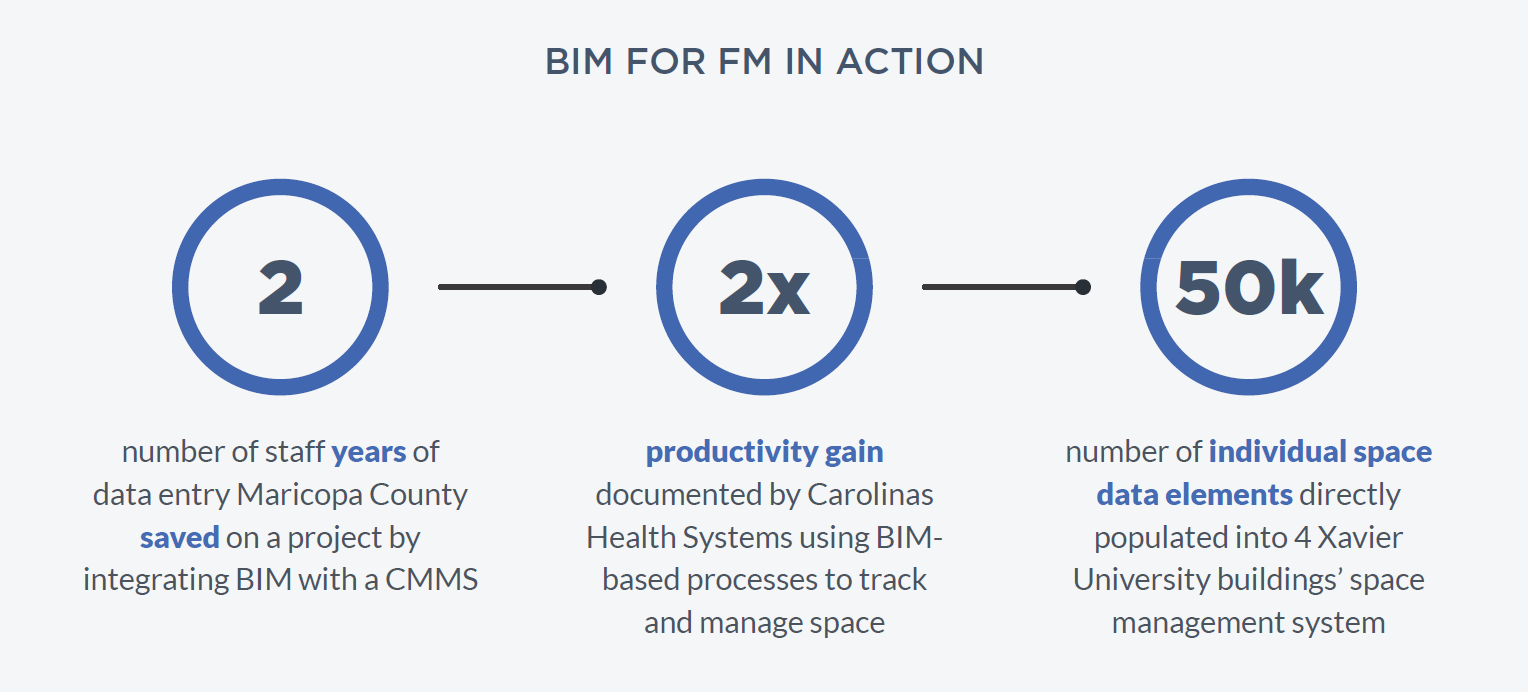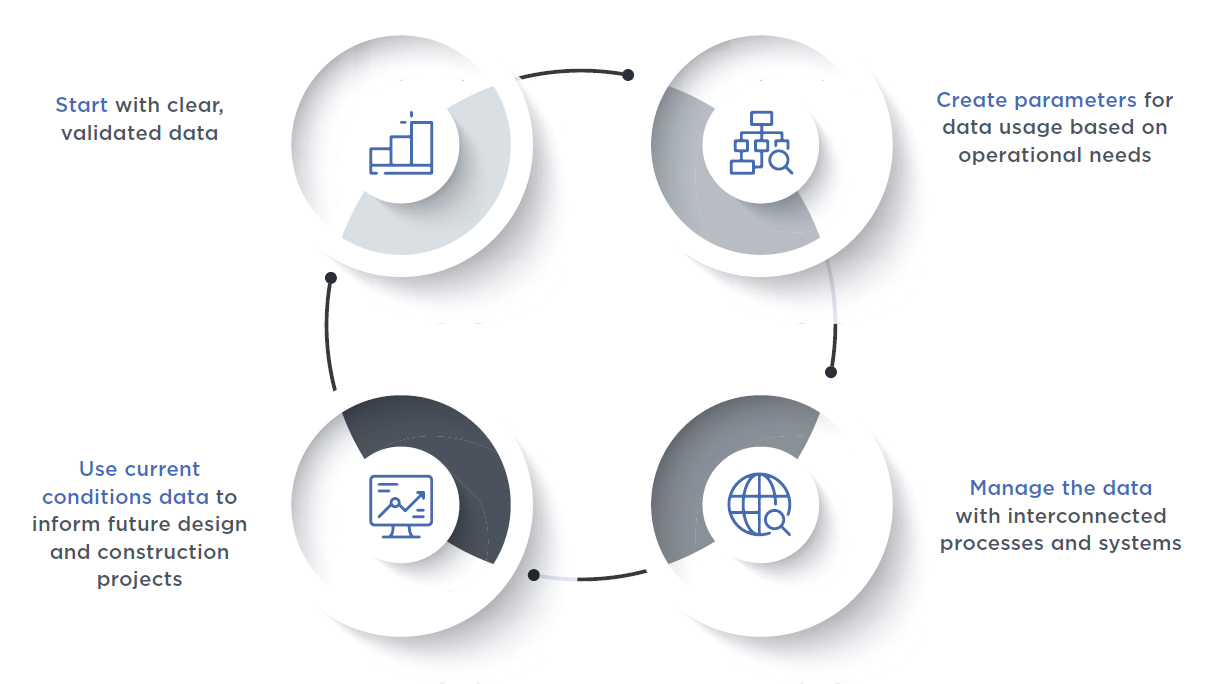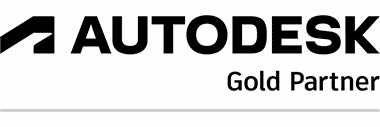
Making the Case for BIM for FM
Your company spends years planning and budgeting for new construction, but in the end, 75-80% of the total cost of ownership of your building takes place after it’s built, in the operations and maintenance stages.
If you use BIM and an integrated workplace management system, you already have the date you need to run more efficient, cost-effective, and comfortable facilities – you just have to connect the data.

Understand the gaps in the building management life cycle.
In the drive to capture and leverage data for better business intelligence, many organizations still rely on different data sets for the separate life cycle phases, first with planning and construction and then ongoing operations and maintenance. By disconnecting the data between departments and teams, you slow down processes, reduce asset life cycles, and drive costs higher.
A lack of data flow between life cycle phases causes information to become segregated, and any benefit from the construction and planning phases’ data is lost on future operations and maintenance. This impacts the total cost of ownership (TCO) for a facility and leads to a lack of support for the people who occupy the space.
For example, data used in the design phase, like how many occupants a space was intended to accommodate, could be helpful in the operations phase,and operational data, like average daily occupancy,could help inform future building designs.
Creating a clear path for data from building information modeling (BIM) systems to integrated facilities management (FM) systems closes the life cycle management loop and allows you to monitor and react to changing conditions in real time.

Implement BIM data for FM with three core questions
Creating a set of guidelines for how you use BIM data in your facility management and operations is a process, and these guidelines evolve over time. Though the process may seem overwhelming, the best first step is just to start, even on a small scale. You continue to refine your process over time and from project to project.

First, you need to answer three critical questions with your team:
Who will use the data, and what problems are they trying to solve?
The goal of a BIM-for-FM pathway is to make it easier for your people to perform their jobs as effciently as possible. Make it personal. List the different demands and challenges of each role to help match them with the most effective data. It’s imperative to know who the final consumers in your organization are, and work to
understand what data they need, how they will consumeit, and what they will do with the information once it’s delivered. The needs of a space manager are different than the needs of a commissioning manager or a space reimbursement analyst.
Be as specific as possible. A helpful exercise is to create personas for each role or type of data consumer and treat them like your team. Consider a maintenance
manager who needs to access systems and component information, such as asset locations, maintenance histories, and repair instructions. The maintenance
manager also needs to see how certain systems were designed to operate at optimal levels to be able to prioritize preventive maintenance activities.
Your chief operations officer doesn’t necessarily need to see this level of detail, but they will be interested in efficiency and cost metrics.
Once you have outlined the roles and responsibilities of each person who will need access to building and operations data, you can clearly define what information they need and answer the next question.
What data will you collect and how will you do it?
The role



